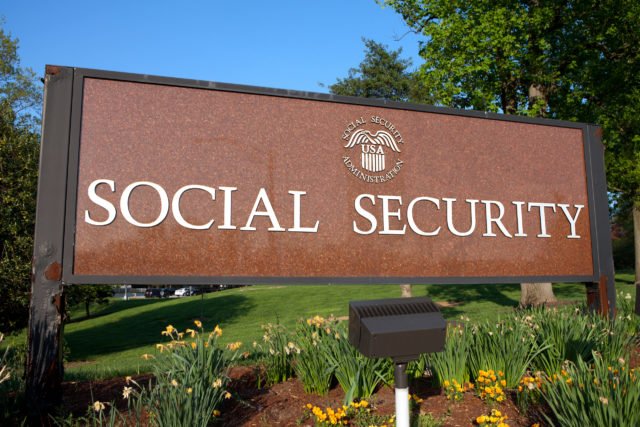
The Senior Income Guarantee (SIG): A New Proposal to Reduce Poverty Among the Elderly
Abstract
Social Security reform is back near the top of the public agenda after a 15-year absence. The Bush administration seeks a partial privatization of Social Security, while avoiding new payroll taxes. The administration will almost certainly try to limit its agenda to the creation of an individual account system of some sort. But the debate will not necessarily be limited to that issue, nor should it. The narrowness of political margins in Congress, the absence of a strong electoral mandate for the president, and the widespread popularity of the current Old Age and Survivors Insurance (OASI) system suggest that if some type of plan for individual accounts is to be enacted, political and policy tradeoffs will have to be made to assemble a winning coalition. Supporters of the Bush administration and skeptics alike should be prepared with thoughtful proposals to improve the overall quality of the income retirement system in the United States, while offering the potential to facilitate agreement on a broader Social Security reform package.
One of the key tradeoffs that such a reform package faces is the one between the benefit risks inherent in the transformation to a privatized system compared to a guaranteed level of benefit adequacy in old age. We address this tradeoff by proposing an effective and relatively inexpensive program to provide a minimally adequate floor to old age income through the Social Security system. This Senior Income Guarantee (SIG) provides a cost-effective method for reducing elder poverty to very low levels. Thus, it provides a counterbalance to the old age income risks inherent in a partially privatized Social Security system.







